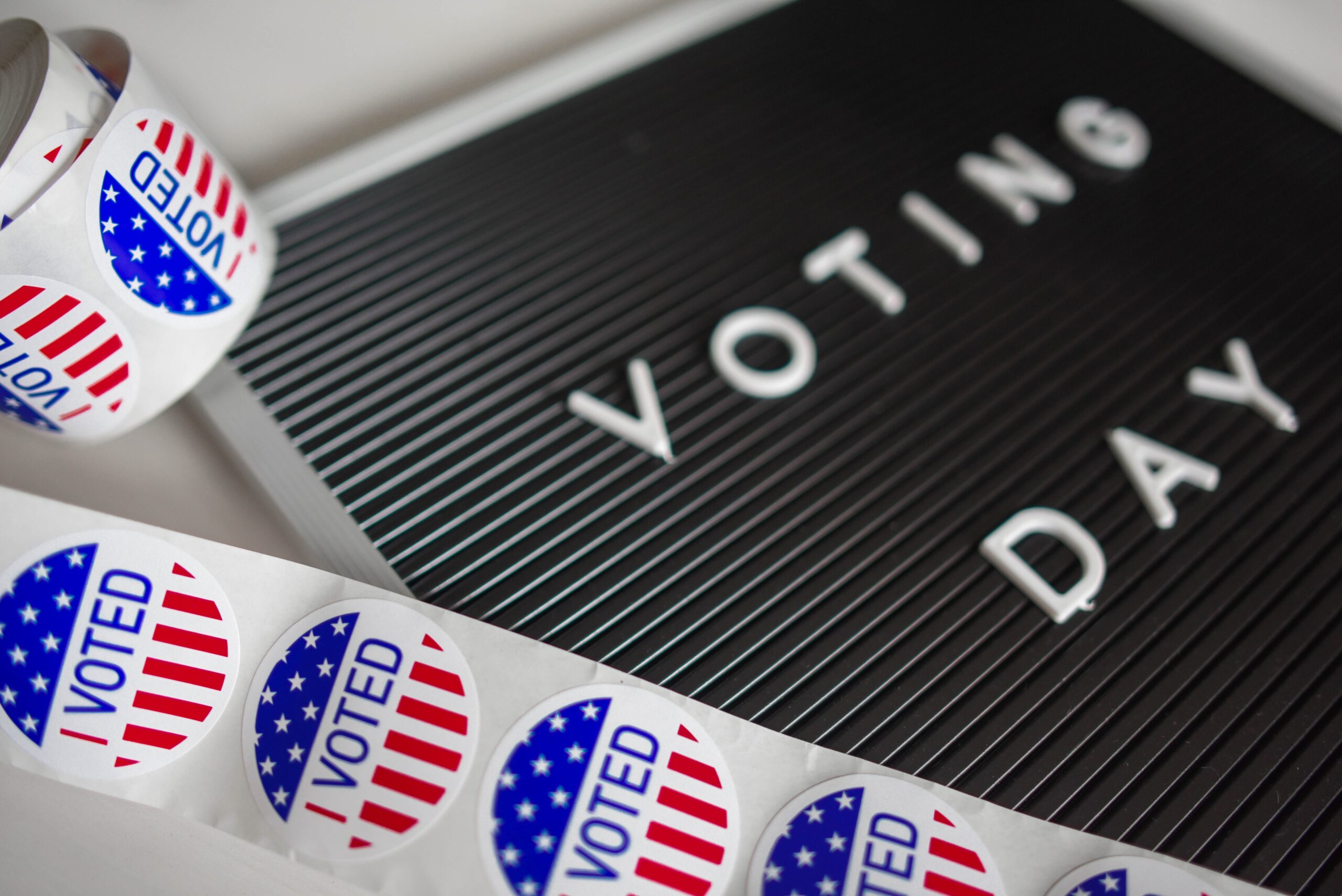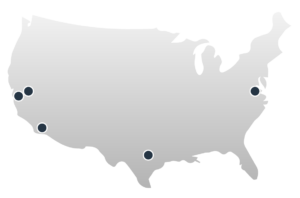When a candidate decides to run for office, there are a number of factors one must consider when determining likely turnout in an election. Asking these questions in advance will ensure resources spent in your election are used in the most efficient way possible when targeting households for direct mail, door knocks, phone calls, and any other forms of voter communication. Below is a list of primary questions that can help narrow down the likely voter for your election to ensure efficiency in voter contacts.
What type of election are you running in and what else is on the ballot?
When thinking about the upcoming election, you must first determine if the election you are running in is a regularly scheduled election or a special election. Additionally, is this a Primary Election or a General Election. Regularly scheduled elections typically have higher voter turnout than special elections, just as General Elections are typically higher voter turnout than Primary Elections. Understanding the type of election is the first step to understanding what percentage of voters will likely turnout in an election.
Additionally, one must recognize what else will be on the ballot in that election. For example, if your election falls in line with a General Election for a Presidential Year, you will yield a much higher turnout in the election than if it were a Mid-Term Election. In more localized races, we also may have to look at issue-based campaigns and how they may affect local turnout. Is the City you live in trying to pass a local sales tax hike, or a measure that will impact city services, like police or firefighters. Well run issue campaigns can cause a local flurry that can cause a spike in local turnout.
Lastly, look at spending in other races and how that may change turnout. For example, if you are running for City Council in an area that is a top targeted congressional seat with national spending, turnout will increase because of the intense amount of spending on turnout by political rivals.
Is the election decided by a majority or a plurality?
The next question one has to ask themselves is about election laws and how they relate to your local race. Can the race be decided in one election, or will the race go to a runoff election? For example, in California, all State Legislative races have a Primary and General Election in regularly scheduled elections, but if a vacancy causes the election to go to a Special Election, the race can be decided by a majority victory in the Primary Election. Other races, often local offices, can have one election date decided by a plurality. In these cases, having 6 candidates in the race could end with a candidate winning the seat with only about 17% of the vote. Answering these questions and knowing the field can heavily impact your decision on how wide to go in targeting the right voters for the election.
What has happened historically in elections similar to this in the district I am running in?
History often does not lie in elections. Voters are often consistent in their actions of turning out to vote or staying home for the election. Many voters think it is only important to vote in Presidential Elections. That is often why you will see under-votes down the ticket where people left their ballot blank on state and local races. For example, you may see that only 74% of voters that turned out in an election, actually filled out who they wanted in the local mayor’s race. While we cannot look at exactly who voted in what elections, it can be assumed that regular voters are often more informed and the ones that vote all the way down the ticket. When running for office, look at historical elections, turnout in those elections both as a whole and for the seat you are running for, and then use that to inform the size of the audience you want to reach. Data for previous elections can often be found on the Secretary of State websites, or at the County’s or City’s Registrar of Voters.
Is the race partisan or non-partisan?
While you as a candidate have a personal party affiliation, the race you are running for may not. This can heavily impact the audience you want to reach in an election. Local campaigns often get lost in the noise of larger campaigns in regularly scheduled elections. This means local candidates often have to work harder to make sure their name is known to get voters to vote in their race because often there is no “R” or “D” next to their names on the ballot. At the same point, elections in big cities and very small towns, even for non-partisan offices, become very partisan due to spending on the race where the party registration of the candidate becomes well known regardless of what is on the ballot.
If you are in a partisan race, you must determine if your district has enough partisan voters to get you across the line, or if you need crossover votes from the opposing party, or a percentage of independent votes to win the election. Make sure you understand if the election is a Top-Two Jungle Primary*, or a Partisan Primary Election where the top candidates from each party move on.
Are there changes to the election laws that can impact turnout?
Election laws are constantly changing and knowing what changes are being made is key to understanding your turnout in the election. A few things you may want to look at in elections are: Do laws require voter identification to vote? Did a legislature pass motor-voter laws to register all with a driver’s license? Does the area have same day registration or a registration deadline? Are there early voting locations, mail ballots, or only election day voting? Of the questions above, are these policies that have been consistent in an area, or are they new? As new laws come into place, expect them to impact turnout in the election. Ask yourself, does this new law make it easier to vote or harder to vote?
Summary: Refining your audience
There are a lot of factors that go into determining the likely voter turnout in an election. Asking yourself the questions above will help narrow down what you need to target in an election. Remember to always trust past elections, and use that as a guide in knowing what to target. A rookie mistake is aiming to knock on every door or talk to every voter. Remember that not every house has registered voters, not every house has likely voters, and not every house has people that will like you and your message. Use the data to message to the right voters. Get to know the field of candidates, the type of election, and likely how many votes you need to win.
*Jungle Primary – A term that defines a Primary Election where all candidates, regardless of party, compete and the top two will move on to the General Election.




